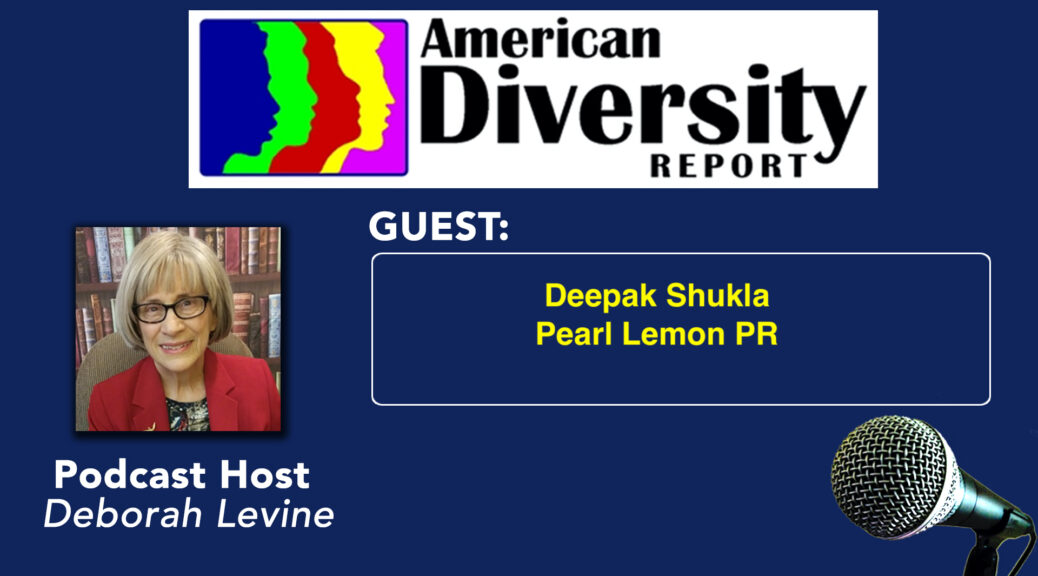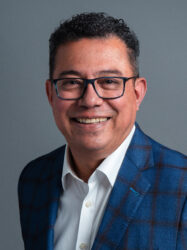Carlos: Shannon, I must confess that your book, Neuroscience of Inclusion, has deeply affected the way that I view diversity. Now it’s great to be working with you in workshops on brain-based approaches to diversity, equity, and inclusion.
Shannon: Agreed! That has been a highlight of my path, getting to collaborate with talented and wonderful people like yourself. The book was certainly a labor of love. I wanted people understand that good intentions to be inclusive are not enough. No matter how well intentioned one is, the brain can trip us up. That’s why a brain-based approach to inclusion is so important.
Carlos: You are so right. In diversity work, we need to continuously recognize the brain’s possibilities and limitations. What do you think is the most fundamental brain idea that we need to be aware of?
Shannon: That when it comes to inclusion, the brain can work both for us and against us. That idea is fundamental to everything else. When diversity specialists and people they educate grasp this idea, they are better positioned to recognize not only the ways the brain works against us, but also how we can intentionally strengthen the brain to work for us.
Carlos: Shannon, you talk about BrainStates. Could you briefly explain that concept?
Shannon: Certainly. We created the BrainStates Management model and associated social skills and strategies to help individuals increase awareness, which is critical in being inclusive. That idea focuses on three neuroscience-based aspects of the brain: Perception; Self-Awareness; and Choice. Each BrainState (Higher, Middle, and Lower) represents the interplay of three factors: thinking patterns; feeling patterns, and behavioral tendencies.
Carlos: So how does this apply to diversity?
Shannon: Our BrainState impacts our ability to be inclusive. By learning to manage BrainStates, we can access higher levels of awareness, better hold multiple perspectives, and make intentional choices to behave in ways that are more inclusive.
Carlos: Does this process help us become more consistent in acting inclusively?
Shannon: Absolutely! We can learn to override the brain’s base instincts and survival mechanisms to behave with kindness, care, and compassion. By practicing these brain-based skills, we can actually rewire and strengthen the brain’s social circuitry. For example, through a brain-based approach, diversity specialists can help people engage more readily across differences, even in situations that normally could create discomfort.
Carlos: Partly because of your insights, I’ve become more acutely aware of the importance of simultaneously understanding differences and recognizing commonalities. A total emphasis on differences isolates people from each other. A difference-blind emphasis on commonalities obscures the real and significant differences that make each person’s experiences unique.
Shannon: Definitely. We need to consciously pay attention to both. In as little as 200 milliseconds of seeing someone, the unconscious brain is already assessing them: like me/not like me; familiar/not familiar.
Carlos: That quickly?
Shannon: Yes. And in 50 milliseconds it is registering such things as their gender, culture, and race. Because the brain never stops processing similarities and differences, it inevitably affects how we interact with others. So when we focus consciously on similarities and differences, we can become more aware of how our unconscious brain has been dealing with them and can make better choices. For example, learning to lean into and override discomfort or tempering a similarity bias.
Carlos: One of the great pleasures of co-presenting with you is that we both believe that people can truly make a difference, bring about inclusivity, and move us toward greater equity. You don’t trap yourself in “admiring the problem.” You do something about it.
Shannon: Yes, that’s true. I believe people can learn brain-based skills, develop tools, and use strategies for being more inclusive. And through this process they can build and strengthen brain neuropathways that directly support people’s ability to be inclusive. This is the crux of creating sustained behavior change. Our choices today can shape an inclusive brain of tomorrow. An awareness of these possibilities should give all diversity specialists hope that they can create positive change.
Carlos: Thanks, Shannon. You always leave me feeling more hopeful.





 Deepak Shukla is a British-Indian entrepreneur who founded the award-winning Pearl Lemon PR agency. He is a finalist for the International Diverse Role Model of the Year awarded by Diversity in Tech. This is in recognition of the groundbreaking work that he’s doing with his agency and international team to promote diversity and inclusion.
Deepak Shukla is a British-Indian entrepreneur who founded the award-winning Pearl Lemon PR agency. He is a finalist for the International Diverse Role Model of the Year awarded by Diversity in Tech. This is in recognition of the groundbreaking work that he’s doing with his agency and international team to promote diversity and inclusion.

 Jeremy Spake is a Principal on the Thought Leadership & Advisory Services team at Cornerstone OnDemand, a leading global SaaS-based talent management solution provider. In this capacity, he works to develop continuous performance management, data-driven compensation, and succession strategies to advise organizations on how to drive people theory into practice. Central to this work is providing guidance to embed talent management strategy with Diversity, Equity, Inclusion & Belonging (DEIB) initiatives for clients. Spake has led pay equity initiatives, Employee Resource Groups, advocated for inclusive benefits offerings and regularly leads talent management strategy workshops for Cornerstone’s clients around the world. He lives in Seattle with his husband David and cat Oliver.
Jeremy Spake is a Principal on the Thought Leadership & Advisory Services team at Cornerstone OnDemand, a leading global SaaS-based talent management solution provider. In this capacity, he works to develop continuous performance management, data-driven compensation, and succession strategies to advise organizations on how to drive people theory into practice. Central to this work is providing guidance to embed talent management strategy with Diversity, Equity, Inclusion & Belonging (DEIB) initiatives for clients. Spake has led pay equity initiatives, Employee Resource Groups, advocated for inclusive benefits offerings and regularly leads talent management strategy workshops for Cornerstone’s clients around the world. He lives in Seattle with his husband David and cat Oliver.